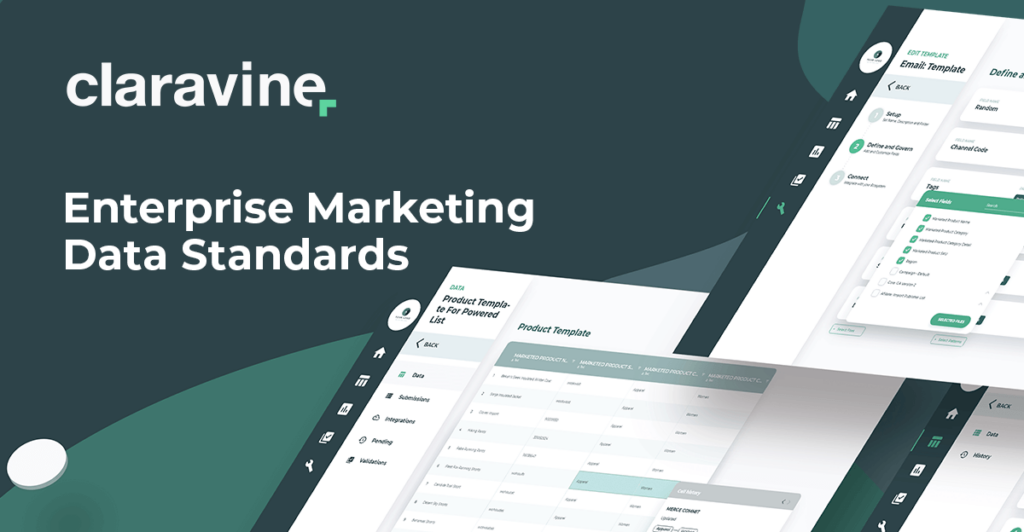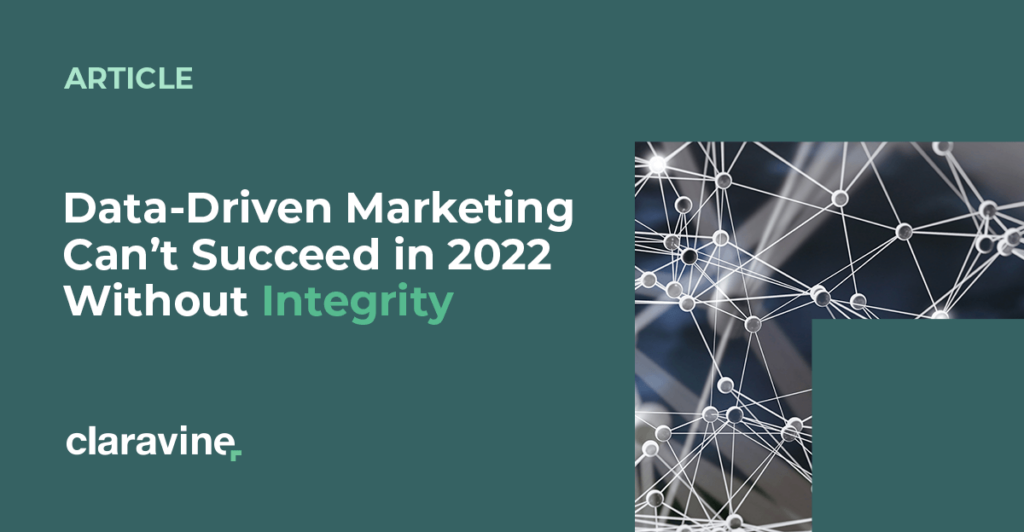“On the Brink”: Keeping the Lights on During a Measurement Blackout
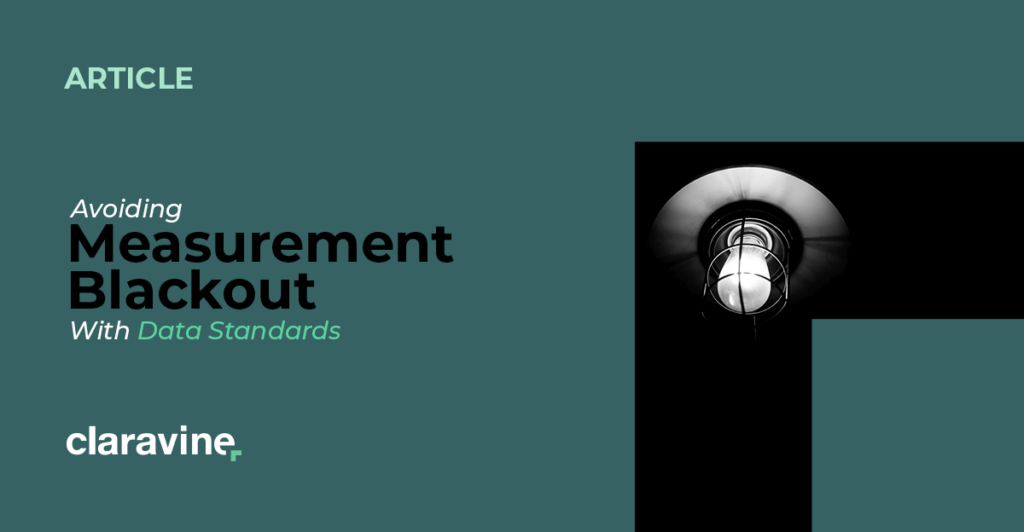
“…advertisers are on the brink of losing their ability
to measure advertising campaigns…”
That’s how the IAB (Interactive Advertising Bureau) describes the outlook of marketing measurement barely more than a month into 2022.
They’re right and you’re rightfully anxious about it — everyone is. But there’s a way to keep the lights on.
Protecting Your Data Grid
Three Challenges, Three Needs, One Solution
Data privacy. Cookie deprecation. Cross-channel customer experiences.
Those are the three leading catalysts of the impending measurement blackout — not that you really needed the IAB’s 2022 State of Data Report to tell you that. But they do go on to explain some of the reasons:
- Scant growth in the deployment of AI
- Stale marketing measurement strategies
- Dismal failure to pivot from 3P to 1P data.
We found similar sentiments among advertisers we surveyed in 2021 about their switch to a first party data strategy. Plus, some interesting additions to the conversation:
- 75% of client-side advertisers expect to bring more marketing in-house after these changes
- 39% of advertisers say their executive team is involved in preparing a response to these privacy changes
- 63% of advertisers say these privacy changes will negatively impact their global view of campaign performance
- 72% of advertisers say device-level advertising is generally too invasive
And perhaps the most disruptive of all:
On average, advertisers say these changes have made 73% of their marketing stack obsolete.
But do you really have to ditch your whole stack?
This leads us to the IAB’s directives:
“Three Things The Industry Must Do Now to Avoid a Measurement Blackout” (IAB)
- Develop a common language, universal standards, and universal KPIs
- Develop new privacy-centric solutions for addressability and measurement
- Leverage existing tech standards and build on them in a cross-channel approach
In other words: data standards.
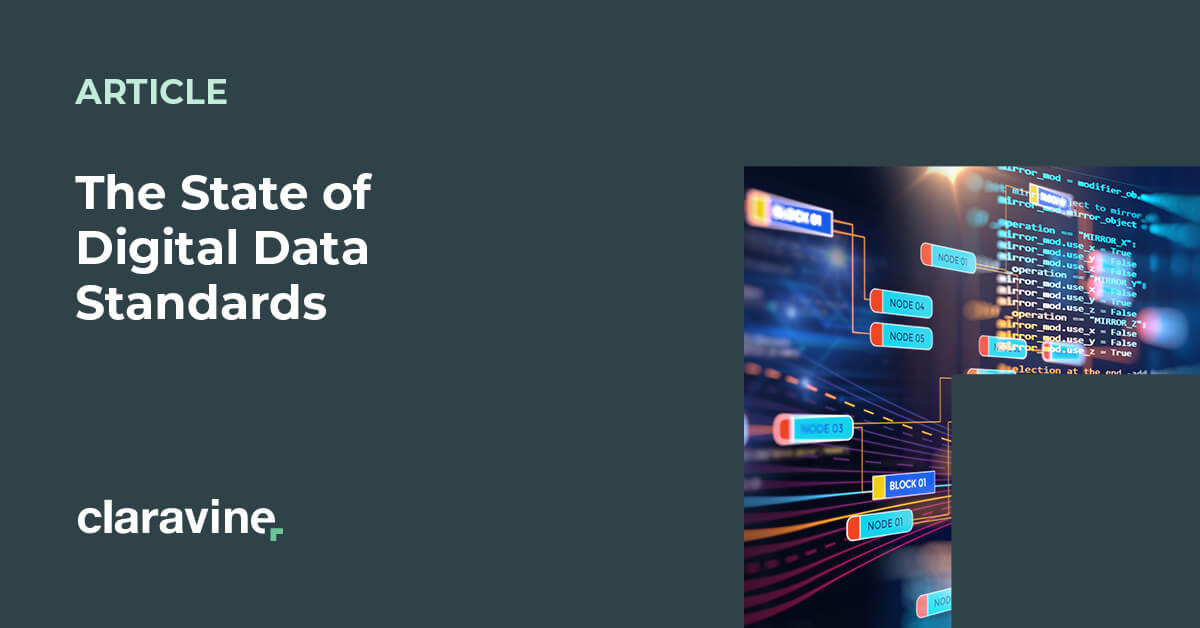
Measurement Independence Starts with Data Standards…
Ditch your whole tech stack? That’s probably not wise, even if you restrain yourself to only ditching 73% of it. Instead, turn your attention to what you’re feeding your SaaS as well as the hands that feed.
In all seriousness: look at your metadata.
- 42% of advertisers say user metadata will play a vital new role once cookies and device ID are gone
- 53% of advertisers say having a marketing data taxonomy will be vital after the changes, but only about half of companies currently have one
Elevate your metadata to higher standards and greater value.
When the IAB and any other authoritative source discusses these doom-and-gloom outlooks, they’re operating under the (generally true) assumption that none of the data going into or out of organizational ecosystems — teams, tools, workflows, partners — can be compared apples-to-apples.
That’s because SaaS is designed to work for itself, the people that touch it, and the users whose data it collects — that’s it. And integrations and APIs, or larger lifts like ETL and data cleansing, are partial, ineffective non-solutions.
Data standards, or the defining and governing of consistent classification systems (taxonomies) for data and metadata, solve the problem at its source — nay, at every source. So no matter which platform or team creates or collects data, it will be understandable, discoverable, and valuable to teams and platforms completely independent of its creation.
 “Data standards provide a shared data language,” notes Claravine’s Chief Product Officer Chris Comstock. “Combined with a culture shift around metadata management, first party data, and aggregate analysis, they complete the toolkit to fight off measurement blackout.”
“Data standards provide a shared data language,” notes Claravine’s Chief Product Officer Chris Comstock. “Combined with a culture shift around metadata management, first party data, and aggregate analysis, they complete the toolkit to fight off measurement blackout.”
Proof in Data’s Nathan Woodman agrees with Comstock’s take: “Measurement isn’t going away, it just needs to work with aggregated data.”
Data standards allow richer, more connective metadata and more effective aggregate analysis. That allows connections beyond typical integrations and collaborations — data-driven accelerations in the speed at which work happens.
 “We’ve been preaching data standards and metadata management for years,” says Claravine’s Director of Strategy Michael Shearer, a marketing operations veteran.
“We’ve been preaching data standards and metadata management for years,” says Claravine’s Director of Strategy Michael Shearer, a marketing operations veteran.
“We knew this day was coming and have tried to help as many companies as possible. A lot of Fortune 1000s are catching on, but there’s still a surprising amount that just don’t prioritize it. Yet.”
Data standards allow you to look beyond, within, and among every marketing and advertising channel without losing any unique perspective. They weave a common thread throughout every CX touchpoint for platform-agnostic analysis, or in other words, measurement independence.
“Time’s up, so says the IAB, and we couldn’t agree more,” says Shearer.
And if data standards unlock independence, data integrity protects it for posterity.
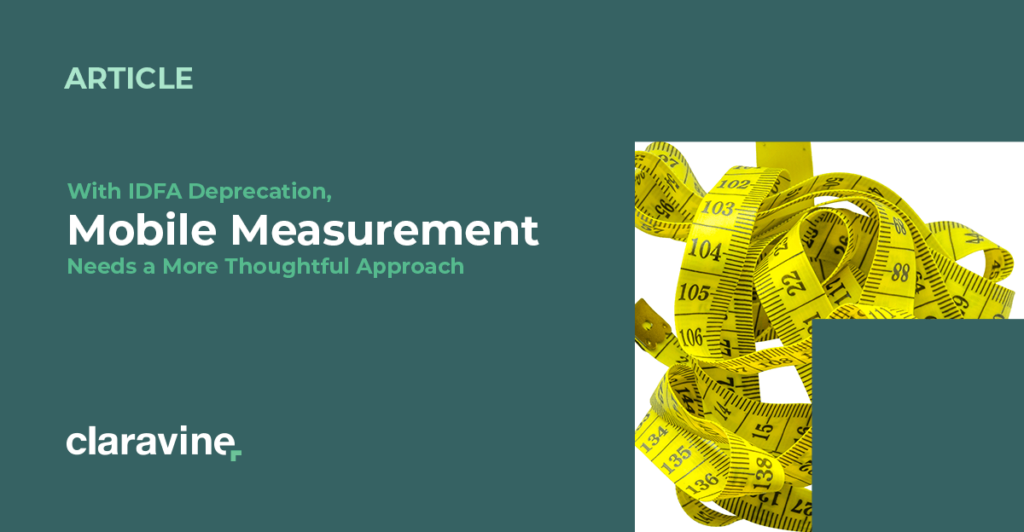
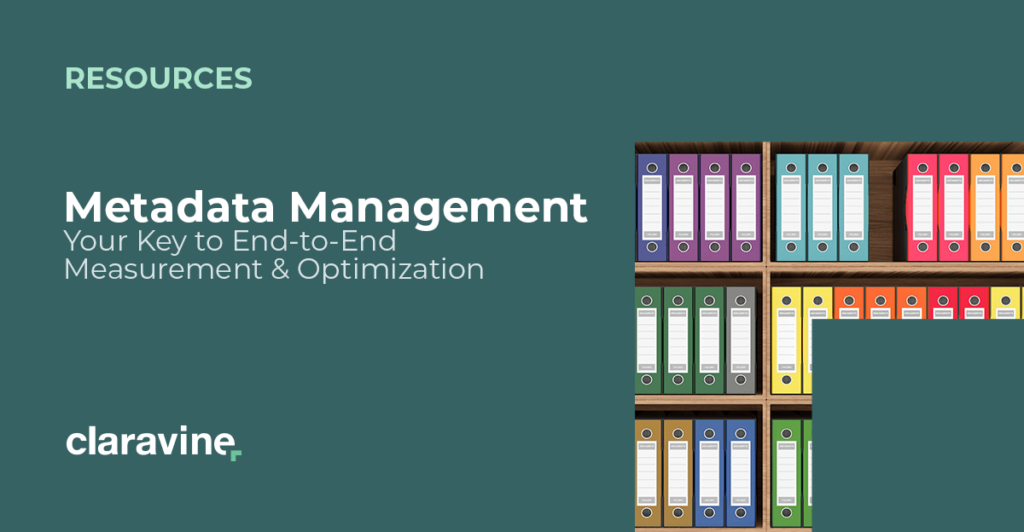
… and Endures with Data Integrity
Data standards can be achieved, but they are never “done.” It takes careful definition, control, and connections to bring and keep alive data standards throughout an organization’s data sprawl. For measurement independence to endure and the measurement blackout to stay at bay, the goal must be data integrity.

So if you were feeling over-confident before, and anxious now, data integrity will have you feeling all warm and fuzzy later. Relaxed, excited, inspired, even. Because data integrity serves the top needs cited by advertisers around embarking on first party data strategies and post-cookie measurements:
- Tools to audit, standardize, and control data flow
- Tools to visualize and review platform activity
- Ability to govern standards with permissions by user, role, and group
- Tools to draft, review, and submit more data
- Ability to validate data standards
When 83% of advertisers say they will be more reliant on first-party data, but only 38% are sure they have the right technology to categorize their data with metadata, the industry begs for a data integrity solution.
 That’s exactly what Kendall Jacobs, strategic account manager at Claravine, notices among enterprise-level marketing organizations at global brands.
That’s exactly what Kendall Jacobs, strategic account manager at Claravine, notices among enterprise-level marketing organizations at global brands.
“What I’m observing right now,” she explains, “is a sea change in the level of energy across the organization dedicated to rethinking and retooling the approach to measurement in light of these market changes.”
And she sees a common thread among them all, too: “It’s not just about taxonomy and data standards — these teams have, by nature, always understood the importance of data standards — but rather about having a tool in place to enforce, monitor, and distribute these standards regardless of team, geography, or channel.”
Learn about data integrity solutions and more at the resources below. Contact us to consult with a data integrity expert like Kendall.
